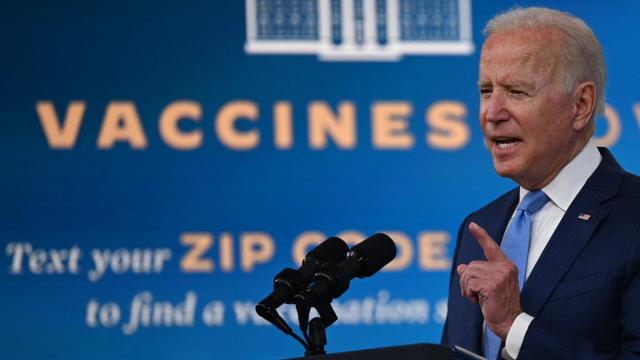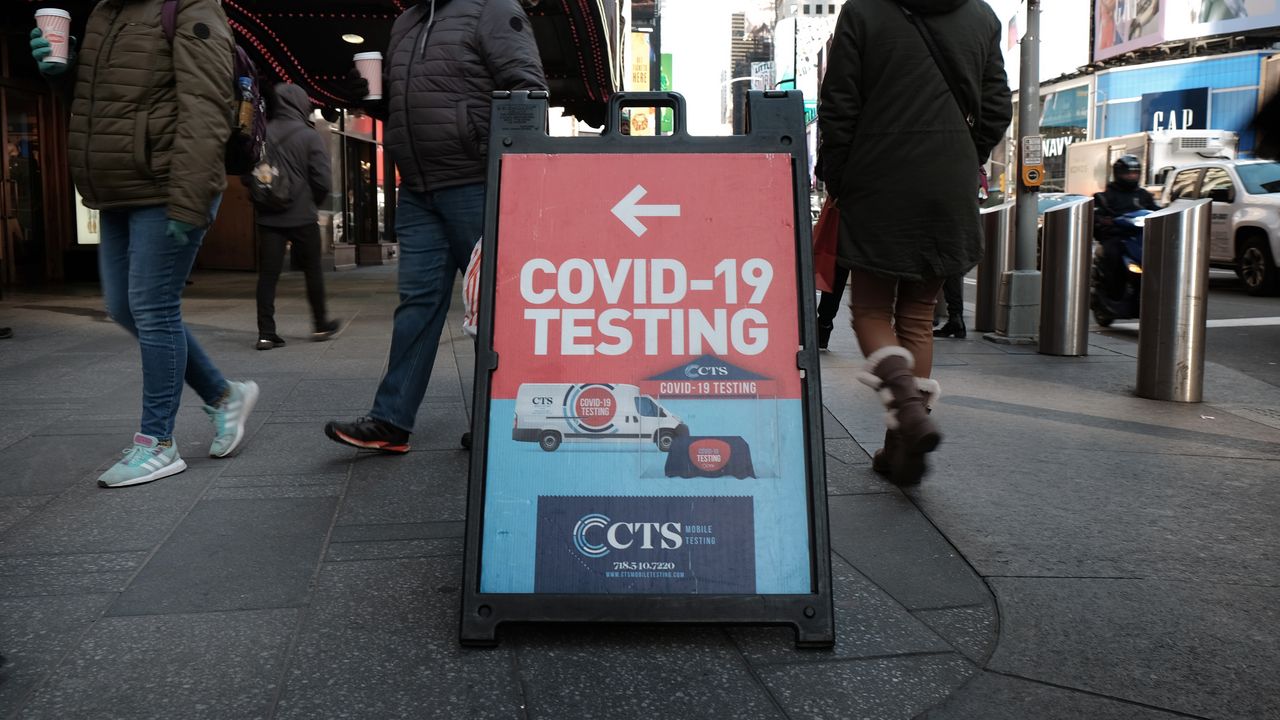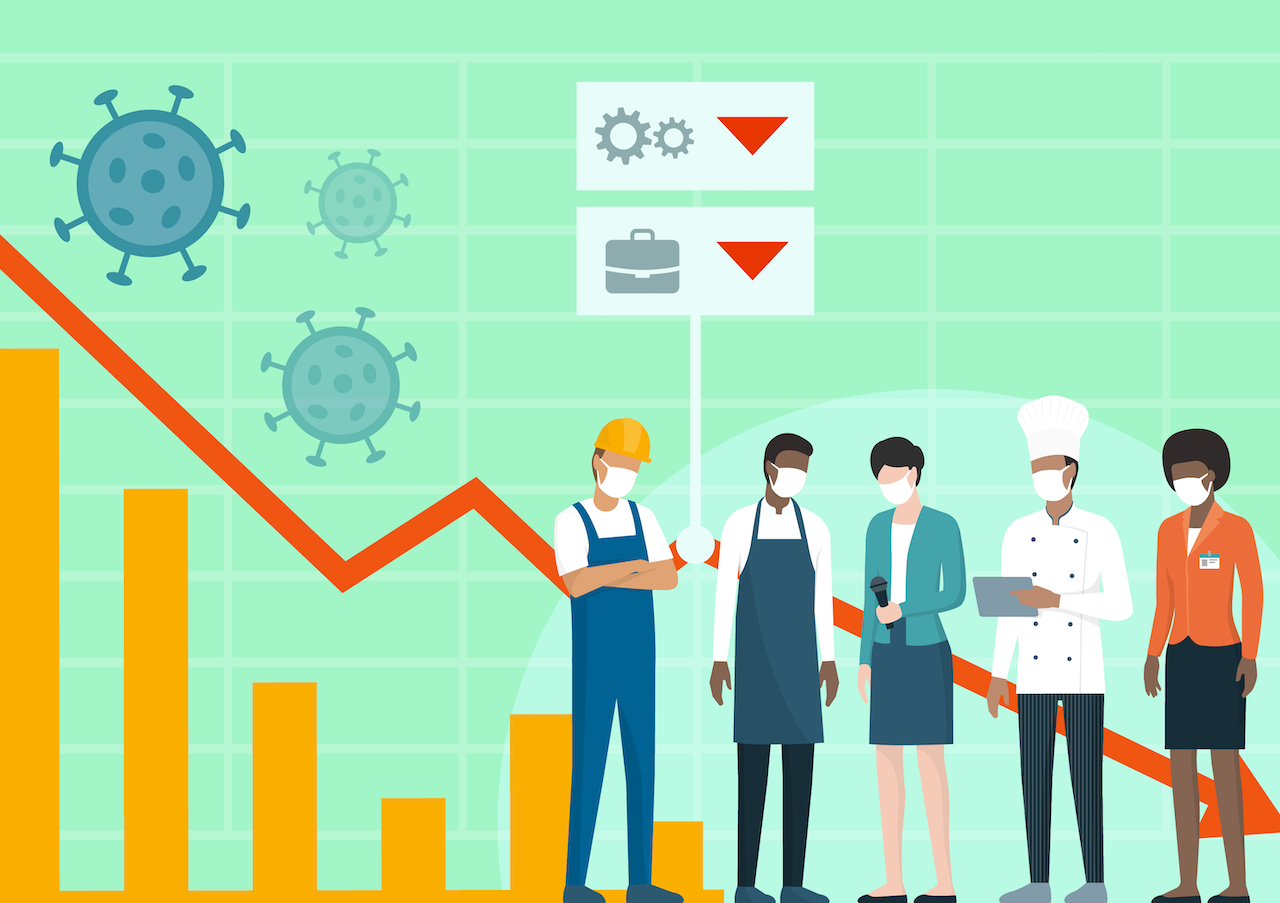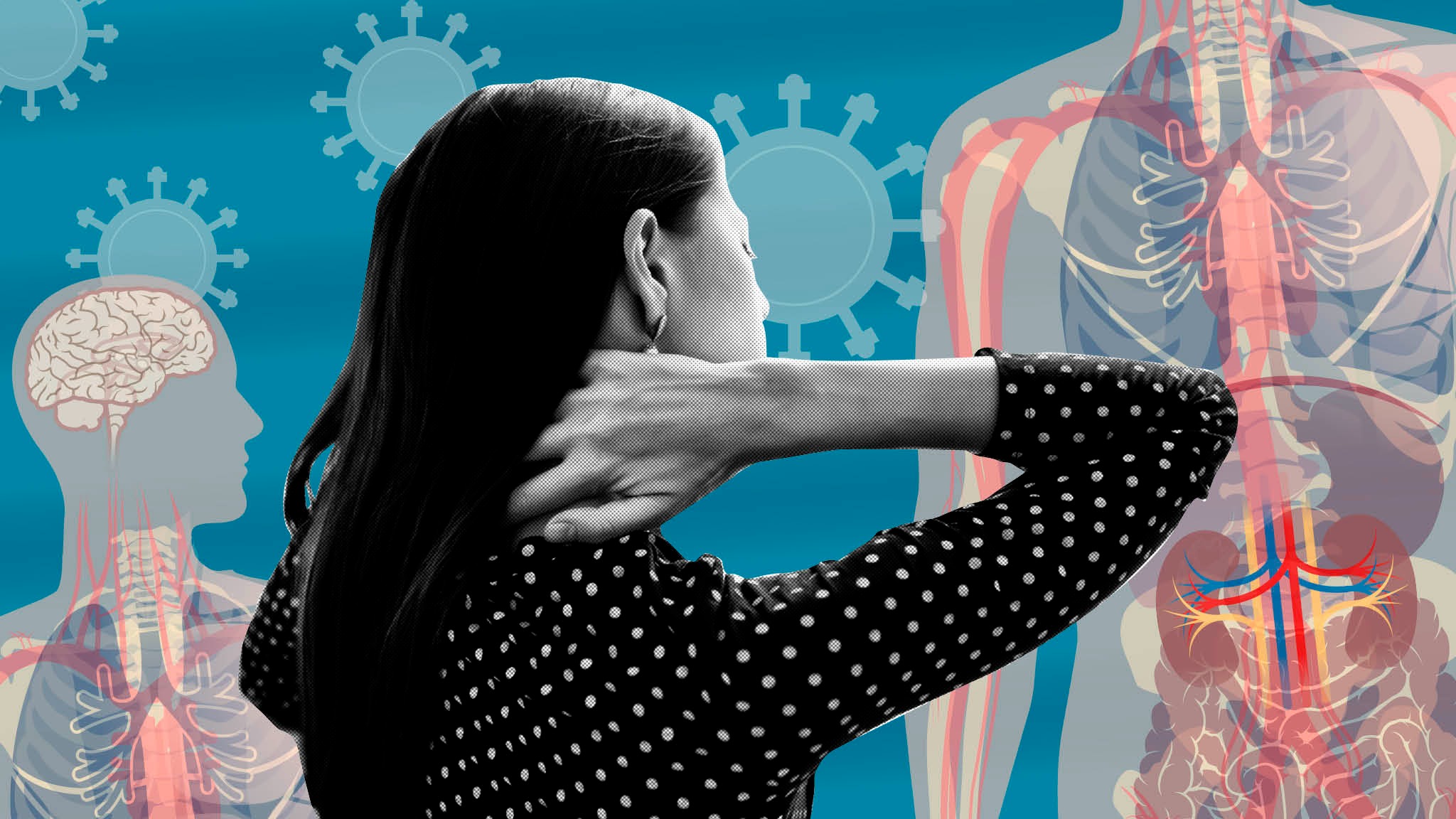
Just days after President Joe Biden declared that the Covid-19 pandemic was “over” in a 60 Minutes interview, Starbucks announced it would be canceling its pandemic-specific paid leave program. The benefit was put in place for Starbucks workers to be able to quarantine if they tested positive for Covid-19 or were in close contact with someone who contracted the virus. Now, if Starbucks workers want to prevent the spread of Covid-19, they’ll need to dip into their own accumulated PTO.
The reaction from Starbucks may just be the beginning of the end – not for the pandemic, which is still killing more than 350 Americans every day on average – but for pandemic-related federal safety net programs that millions of struggling Americans are still counting on to meet basic needs like food and shelter.
An end to the Public Health Emergency?
Beginning in March of 2020, when the World Health Organization declared the Covid-19 virus had reached pandemic status, the federal government declared a Public Health Emergency (PHE) and began instituting various relief programs for Americans who were suddenly out of work. Some of those programs, like the unemployment benefits extension and the eviction moratorium, have already ended. Others, like the student loan payment pause, are being phased out.
The end of these programs has proven disastrous for the most vulnerable segments of the US economy. In the months following the end of the eviction moratorium in August of 2021, Princeton University’s Eviction Lab found that the rate of evictions climbed by nearly 40% over a two-month period in the six states and 31 cities it analyzed. And an August 2021 report from The Century Foundation found that more than seven million workers were adversely affected by the end of the federally funded Pandemic Unemployment Assistance (PUA), the Federal Pandemic Unemployment Compensation (FPUC), and the Pandemic Extended Unemployment Compensation (PEUC) programs.
The report additionally found that Black workers, women, and caregivers were disproportionately harmed by the end of these benefits:
We are far from an inclusive labor market today. The Black unemployment rate has remained nearly twice as high as the white unemployment rate of 5.2 percent. Asian workers (5.8 percent) and Latinx workers (7.4 percent) also remain out of work at higher levels than white workers. While data on the racial background of workers on unemployment is limited, available data indicate that an average of 18.3 percent of those who turned to their states for unemployment benefits during the pandemic were Black, compared to 12.3 percent of the pre-pandemic workforce in the states. There are more Black workers on benefits despite the fact that they were more likely to be denied assistance than white workers—so the disparity in need is even greater than these statistics indicate.
The pandemic-related safety net programs that remain are subject to the ongoing PHE, which has not yet been lifted. One of the programs that could potentially be on the chopping block by the end of 2022 is the Treasury Department’s Emergency Rental Assistance (ERA) program, which provides applicants with assistance if they have trouble paying rent or utilities. The most recent ERA funding was approved in March of 2021, and the program is set to be funded through September 30, 2025. However, according to this document from the National Low Income Housing Coalition, any undrawn ERA funds could be “subject to reallocation” by the end of the 2022 calendar year (the Treasury Department did not return Occupy.com’s request for comment).
A US Department of Agriculture program intended to provide more Supplemental Nutrition Assistance Program (SNAP) funding for needy families through the pandemic is still ongoing. The USDA told Occupy.com that, as long as federal and state PHEs continue, additional SNAP assistance will be available.
“The Federal Public Health Emergency (PHE) remains in effect. As long as there is a Federal PHE in place and the state has a state-level emergency declaration in place, states may opt to continue to provide monthly SNAP emergency allotments (EA) to their SNAP caseload,” a USDA spokesperson wrote in an emailed statement. “When the Federal PHE ends, all states still providing EA will have one month beyond the Federal PHE’s expiration to transition their participants off from EAs.”
The USDA also maintains several pandemic-related programs for food assistance, including $12.5 billion for food programs in the summer months for children in more than 40 states and territories, an additional $2 billion for schools to buy domestic food for meal programs, and extended deadlines for schools to enroll in a special program for needy students to obtain free lunches without families having to apply, among others.
“[T]hese actions were in response to the significant challenges child nutrition program operators continue to face, such as high food costs and supply chain disruptions,” the USDA stated.
While impressive, the USDA’s various pandemic-related food assistance programs show that need is still great even as daily Covid-19 case numbers and deaths drop. Should these programs end prematurely, it could spell disaster for low-income Americans across the country. This is particularly true for Americans suffering from “long Covid,” in which symptoms are still felt months after a patient has recovered from the Covid-19 virus.
Long Covid: An unquantifiable threat
The CDC has stated that almost one in five Americans that have contracted Covid-19 also have long Covid, meaning that of the approximately 96 million Americans who have had the virus, as many as 18 million Americans could have long Covid. Symptoms can include excessive fatigue, shortness of breath, loss of taste and smell, difficulty concentrating, coughing, chest pain, headache, dizziness, and joint and muscle pain, among others. The number of Americans that have been affected by long Covid has had a reverberating effect on the economy.
According to a January 2022 report by the Brookings Institution, many of the millions of long Covid patients in America have had difficulty returning to work. When factoring in the roughly 1.1 million Americans who were not working due to long Covid at the time of study, and when assuming The Lancet’s estimate of 46% of long Covid patients reducing their work hours is correct, the resulting economic impact amounts to long Covid patients accounting for approximately 15% of all available job openings in the US.
Research into long Covid is still in the preliminary stages, and its full impact and scope in the United States may not be fully known until after the 2030 Census, should it ask participants about long Covid-related disabilities. Brookings researchers called on the Census Bureau and the Bureau of Labor Statistics to collaborate with the National Institutes of Health in order to effectively study the effect of long Covid on the general population, as well as to help guide Congress on crafting new disability policy and medical research funding prioritization:
Questions should focus on the information policymakers need most, including:
-
The number of full-time equivalent workers currently not working due to long Covid (including those at reduced hours)
-
Average time off or time spent at reduced hours due to long Covid
-
Workplace accommodations that would enable long Covid patients to increase working hours
-
Applications, approvals, and rejections for Social Security Disability Insurance among long Covid patients
While President Biden’s statement declaring an end to the pandemic tracks with his urges for a return to normalcy, we’re a long way from normal in terms of the need that still has to be met for America’s most vulnerable populations. Rather than look for a time to end these safety net programs, Congress should view their continued funding as a standard appropriation. The pandemic exposed how lacking America’s social safety nets really are, and as long as long Covid remains a mystery, cutting off pandemic-related aid could be a further setback for millions.
Carl Gibson is an independent journalist and columnist whose work has been published in CNN, The Guardian, The Washington Post, The Houston Chronicle, Barron’s, Business Insider, The Independent, and NPR, among others. Follow him on Twitter @crgibs.





















